Lithuanian National Opera and Ballet Theatre (LNOBT) is an opera house and ballet theatre in Vilnius. It is the largest theatre of the country, committed to organising the creation and production of scenic works for musical theatre and assuring their public performance on the highest artistic level.
LNOBT aims to nurture, initiate and cultivate traditions of national musical theatre, develop traditions of contemporary musical theatre and present them to the wide community, seek the artistic embodiment of values treasured in the world's musical culture. Also, to capacitate young talented and recognised artists and performers, both from Lithuania and abroad, to participate in the theatre's activities. The theatre shapes the image of country's artistic culture by presenting the accomplishments of national musical culture abroad, as well as cultivating, instigating and satisfying the need for professional scenic art in the wide society.
Lithuanian national opera and ballet theatre is currently led by general manager Jonas Sakalauskas, artistic director of opera Sesto Quatrini and artistic director of ballet Martynas Rimeikis. The chief conductor of LNOBT’s symphony orchestra is Ričardas Šumila.
Recent decades brought a particular boost in the Company’s activity and new developments in the repertoire. At the present, the LNOBT is a modern, forward-thinking institution that strives to present its audiences with best versions of both opera and ballet productions. The repertoire of the theatre consists of classical and modern pieces produced by some of today’s best directors. Latest highlights include “Madama Butterfly” (dir. Anthony Minghella), “Turandot” (dir. Robert Wilson), “The Bluebeard’s Castle” (dir. Csaba Káel), “Ernani” (dir. Jean-Claude Berutti), “Idomeneo” (dir. Graham Vick), “Don Carlo” (dir. Gunter Kramer), “La boheme” (dir. Cristina Muti), “Piaf” (chor. Mauro Bigonzetti), “Le Corsaire” (chor. Manuel Legris), “Der Prozess” (chor. Martynas Rimeikis), etc. The LNOBT collaborates in co-productions with some of the world’s leading theatres, such as the Metropolitan Opera New York, San Francisco a, Teatro Real in Madrid, Houston Grand Opera, English National Opera, Israeli Opera and other prominent institutions.
The LNOBT has also set up a tradition of Summer Season performances in the courtyard of Trakai Castle. Ever since the Company first welcomed its audiences in Trakai in 2001, these open-air events proved immensely popular with local viewers and visitors alike.
The Lithuanian Opera and Ballet Theatre often provides a venue for official state events, various festivals and festivities, celebrations and concerts. It is the biggest theatre and one of the most important cultural centres in Lithuania.



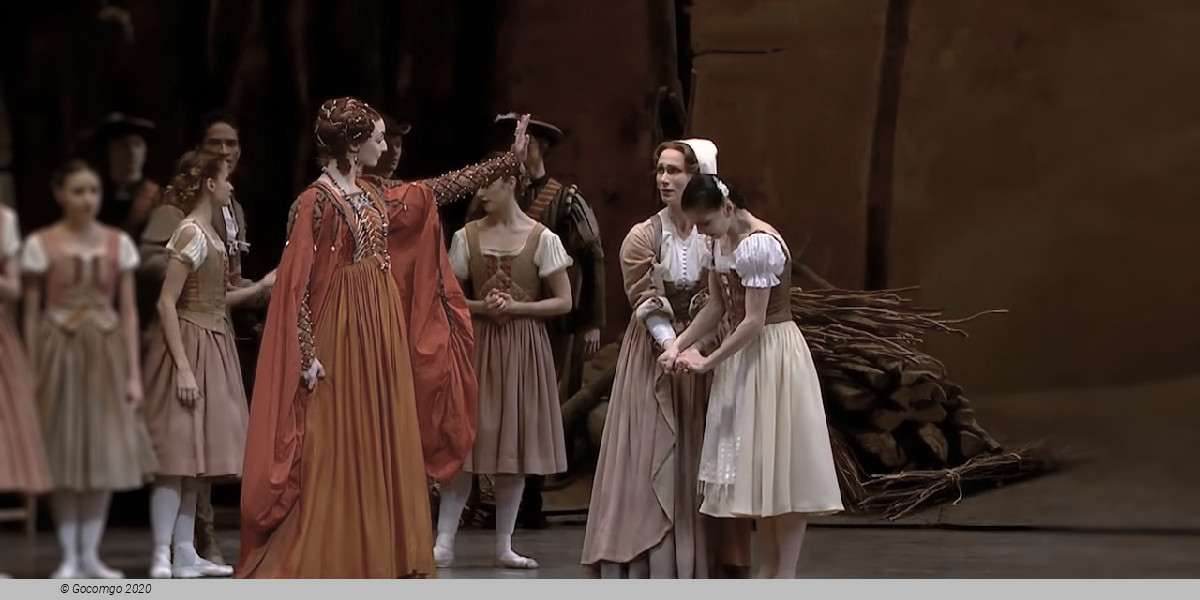
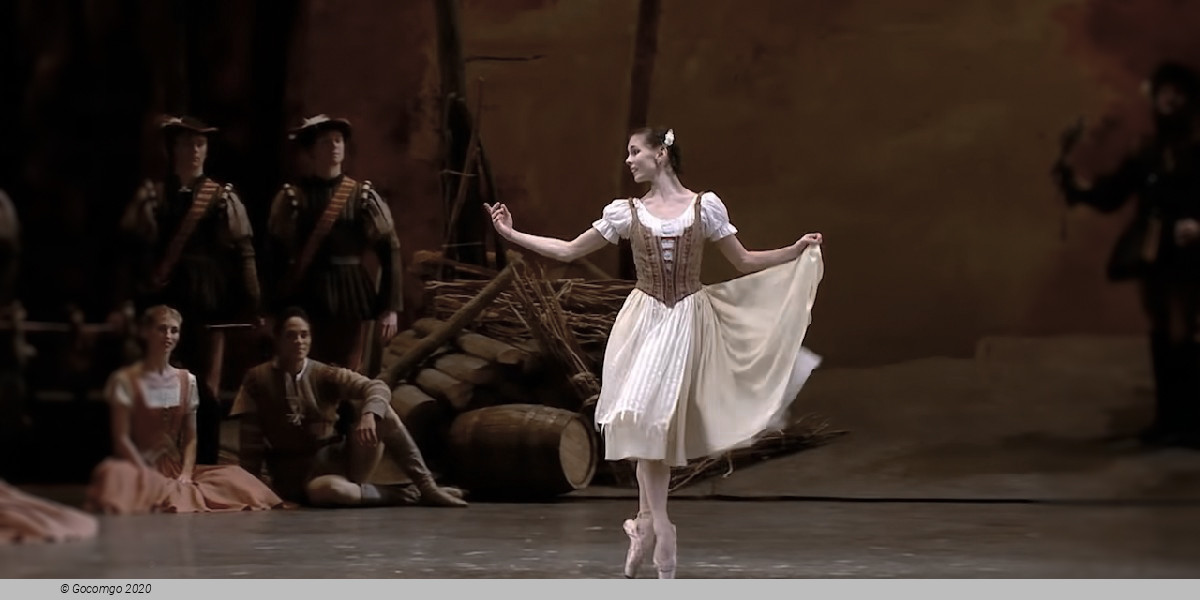
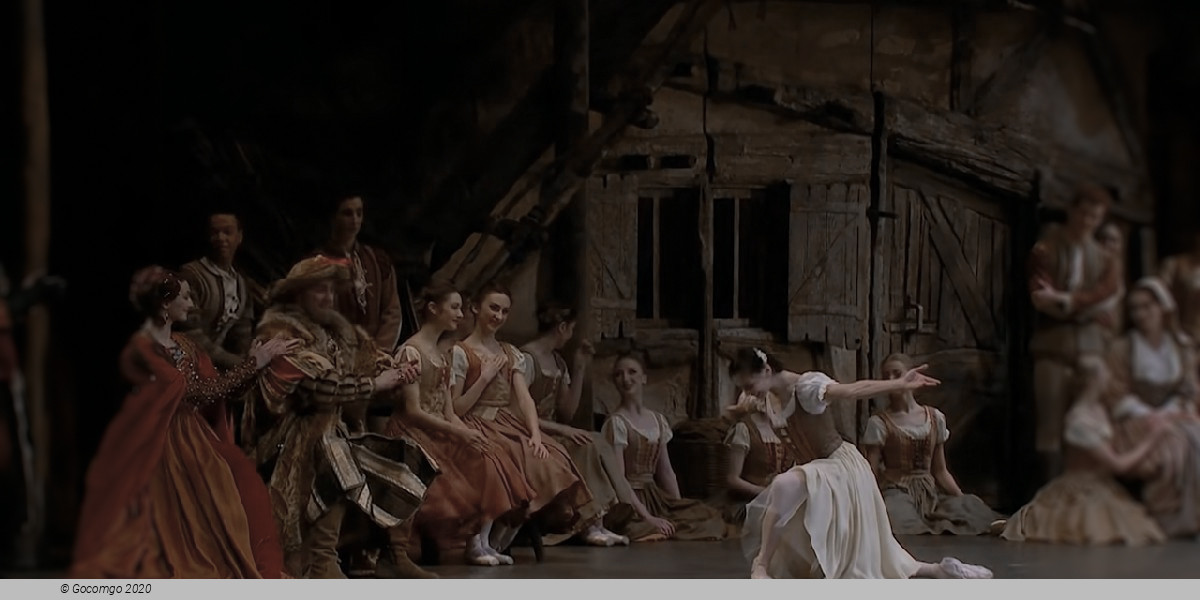
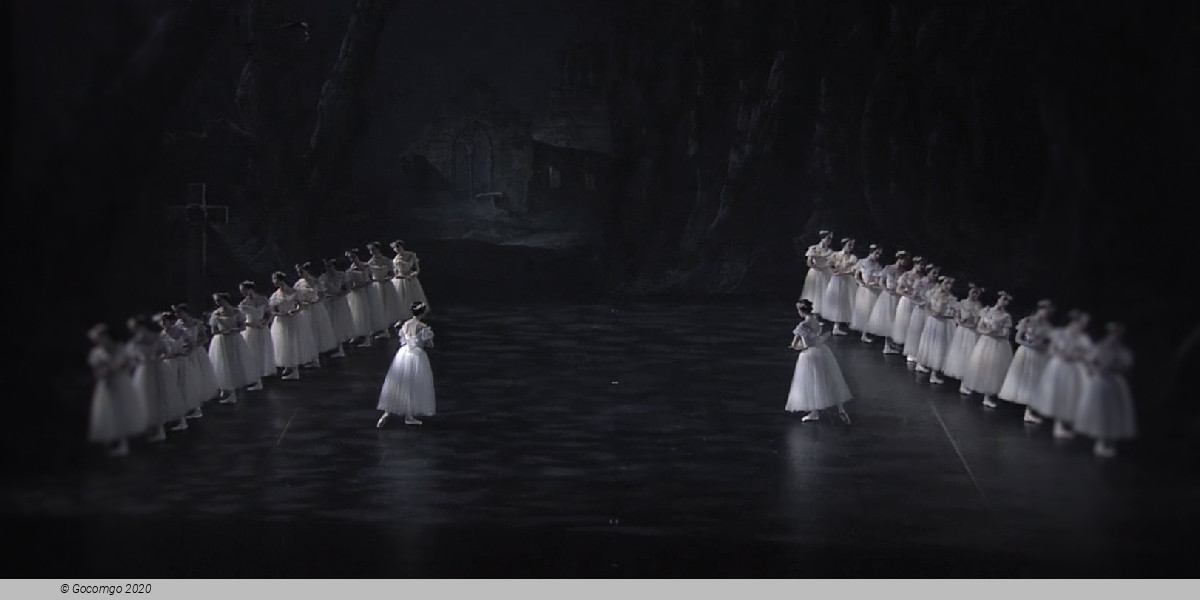
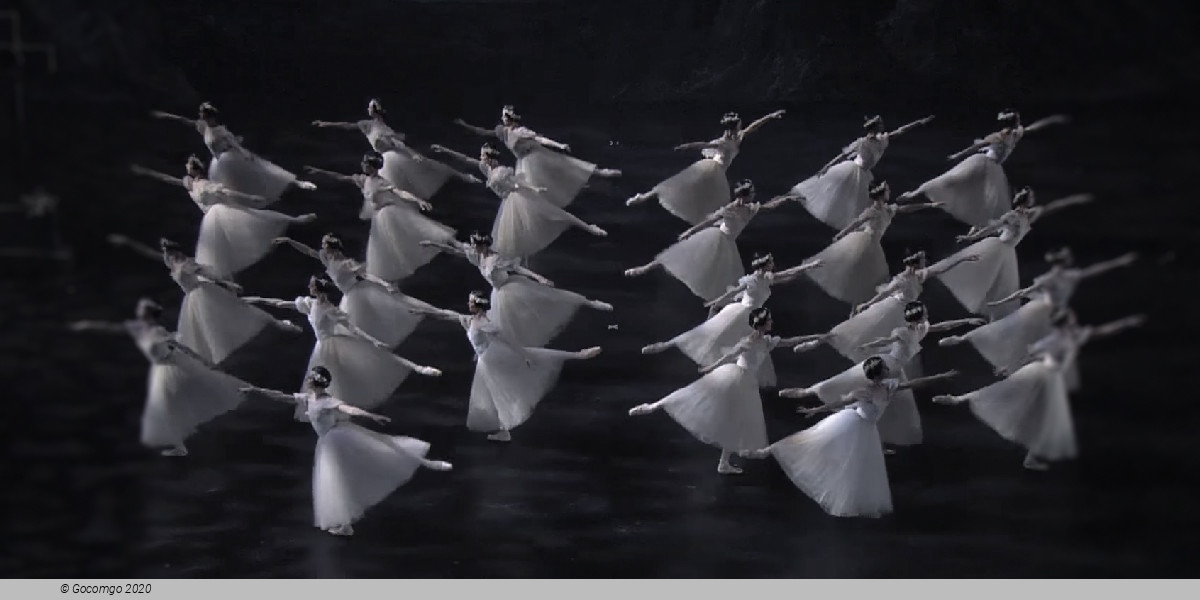
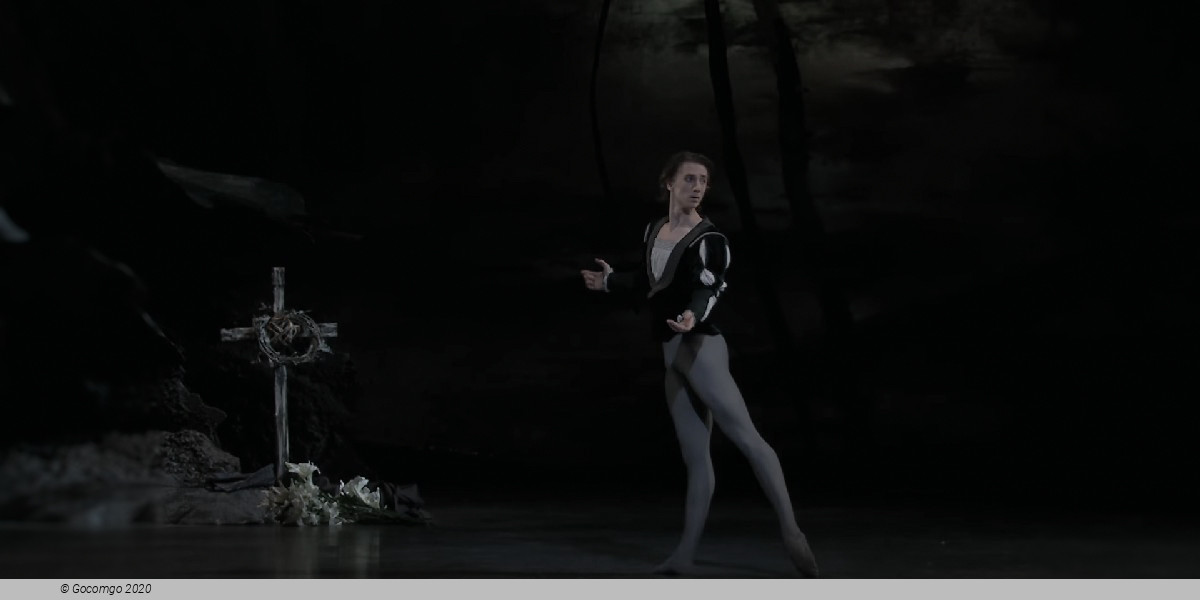
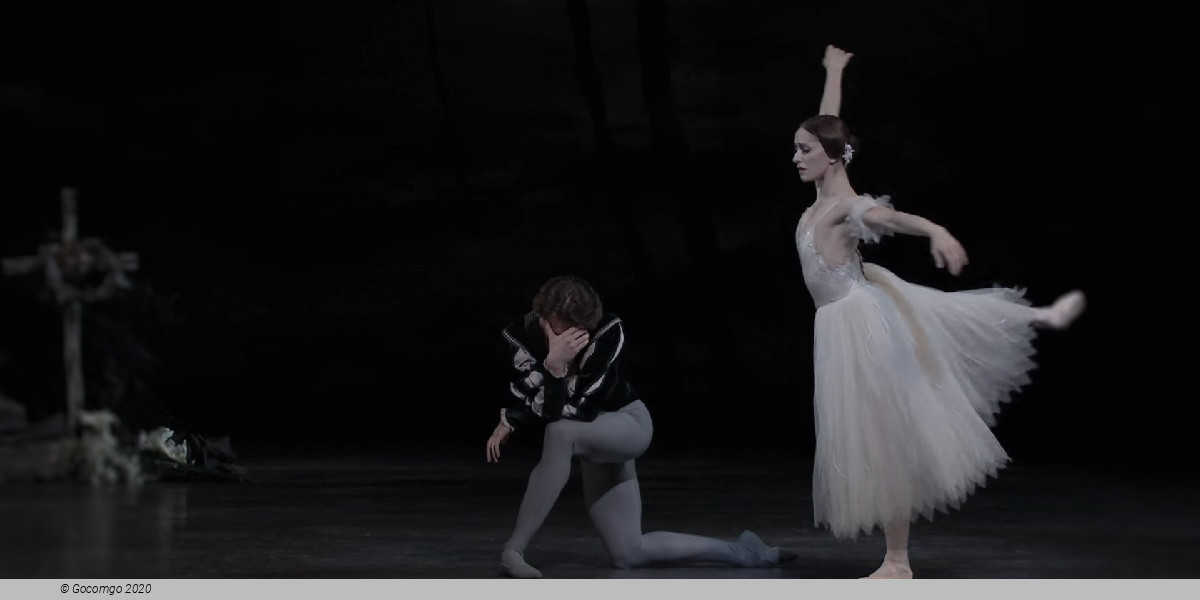
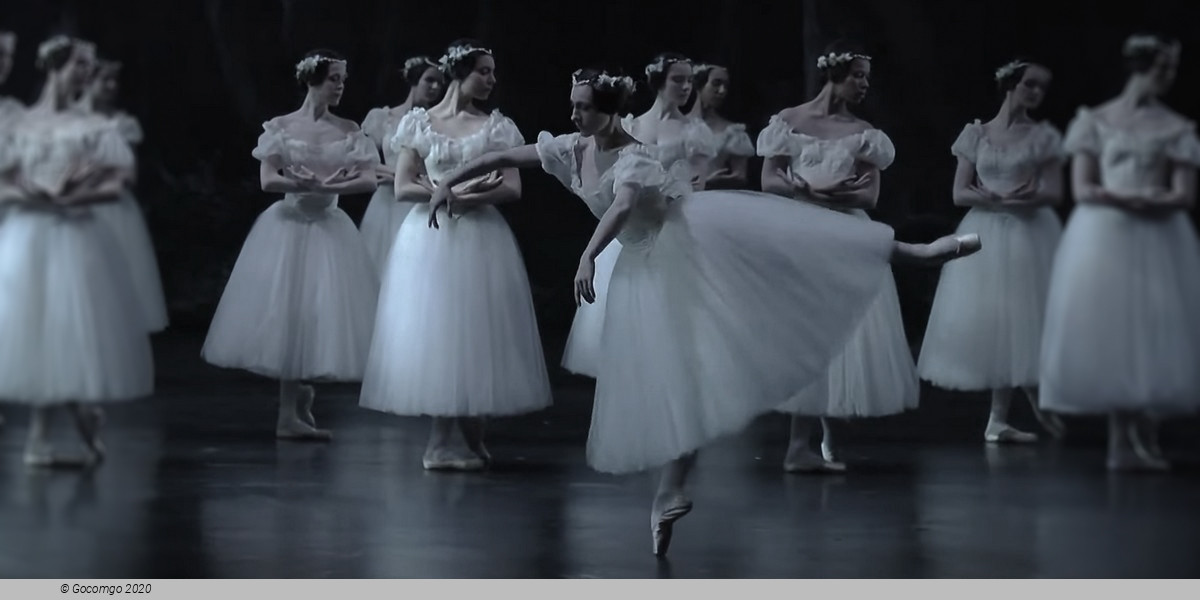
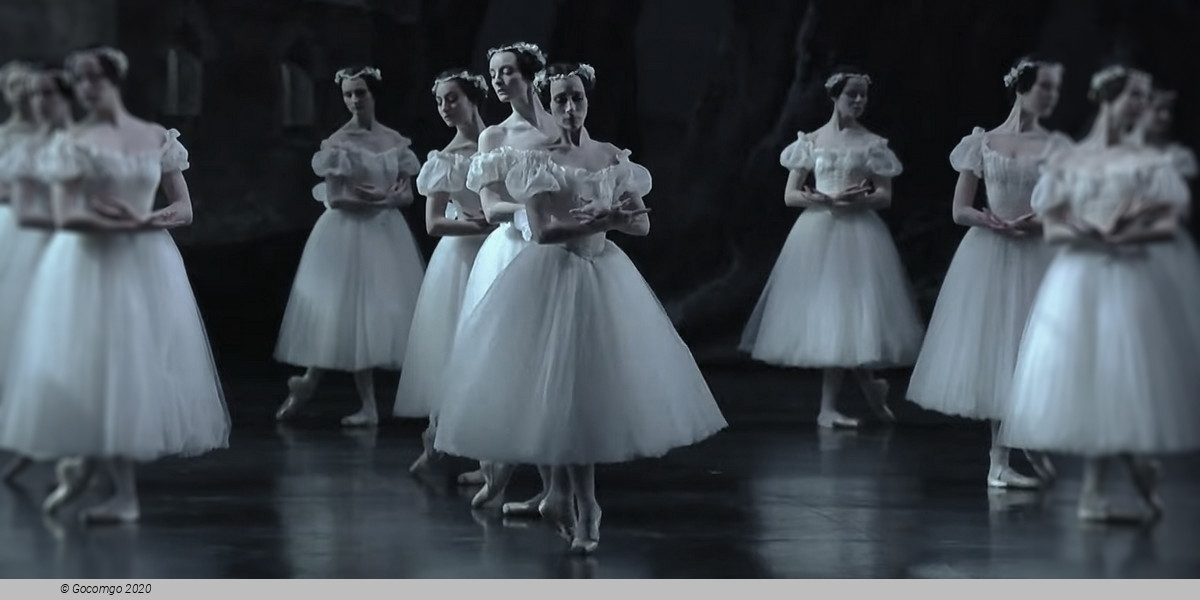
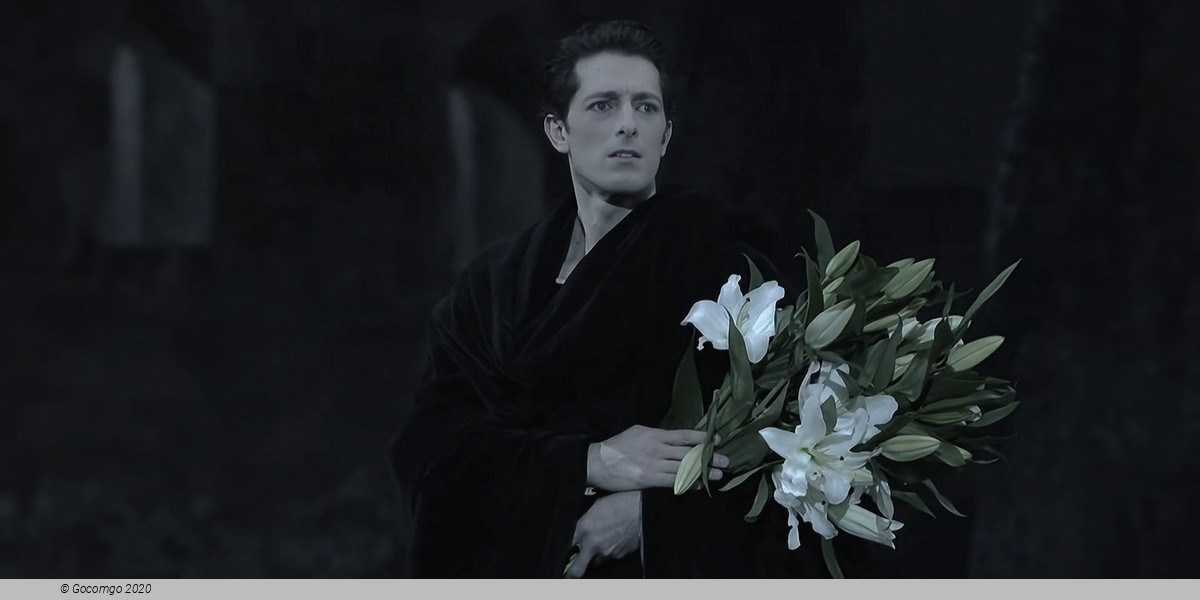
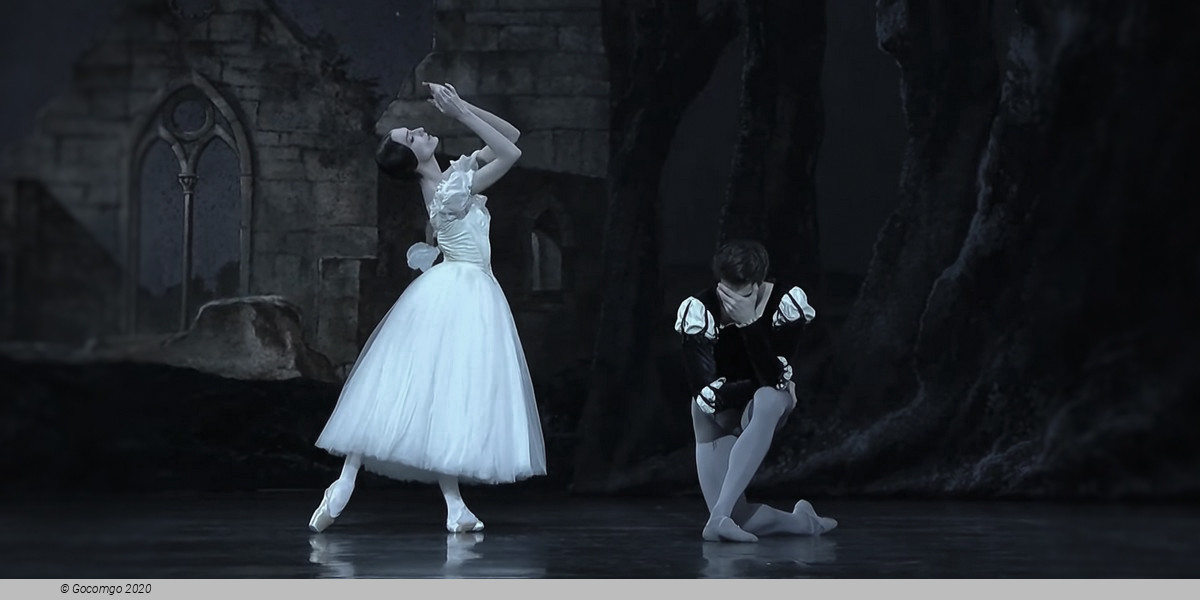
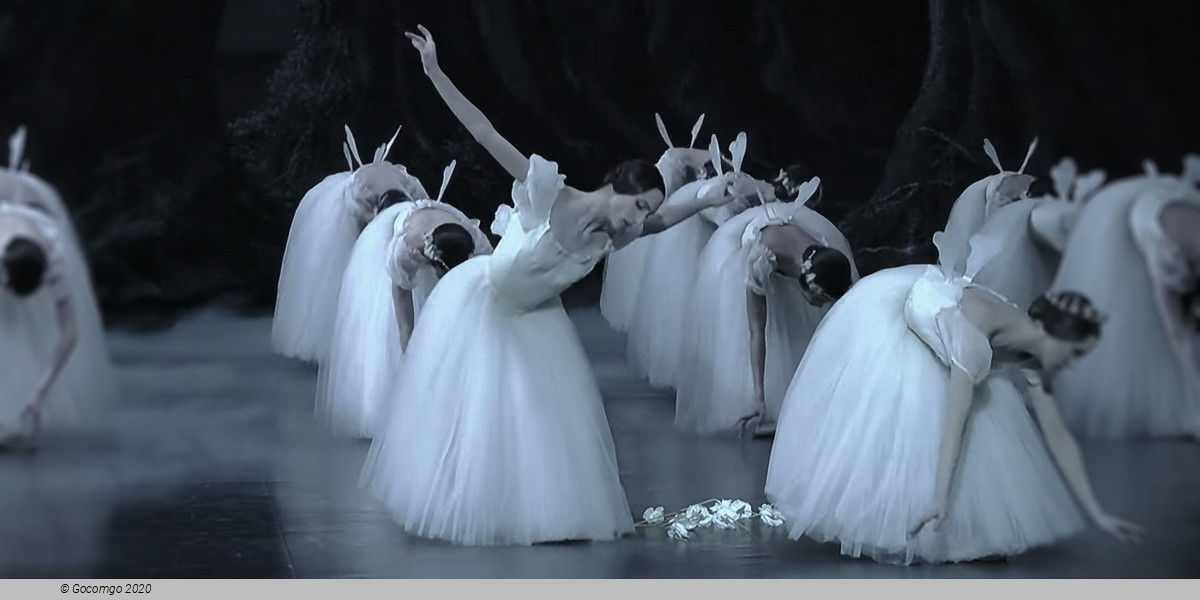
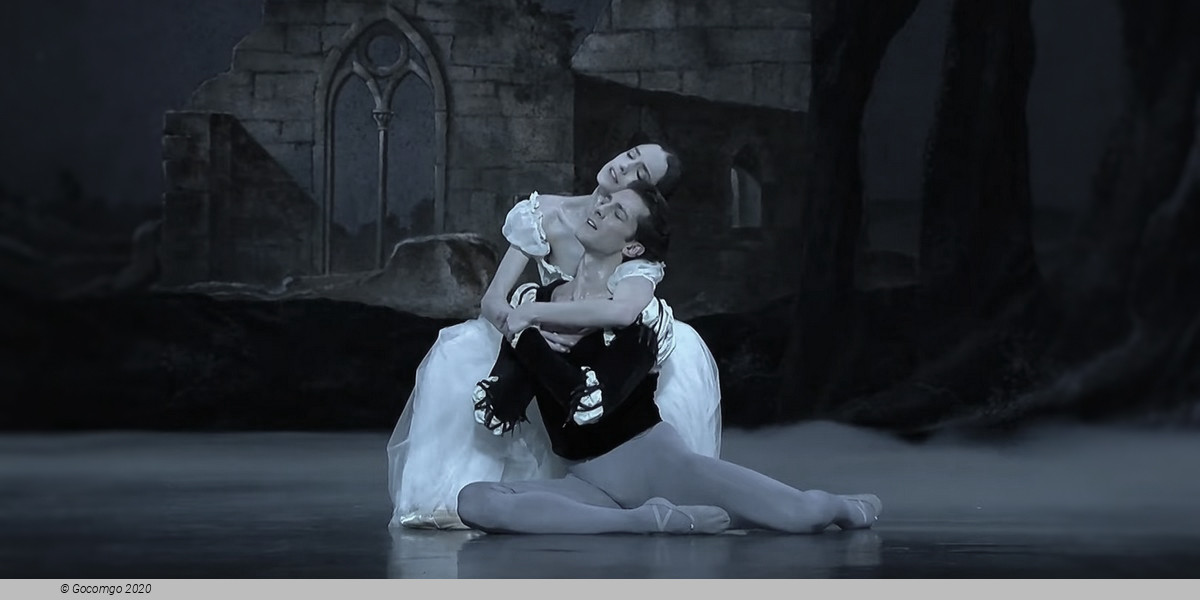
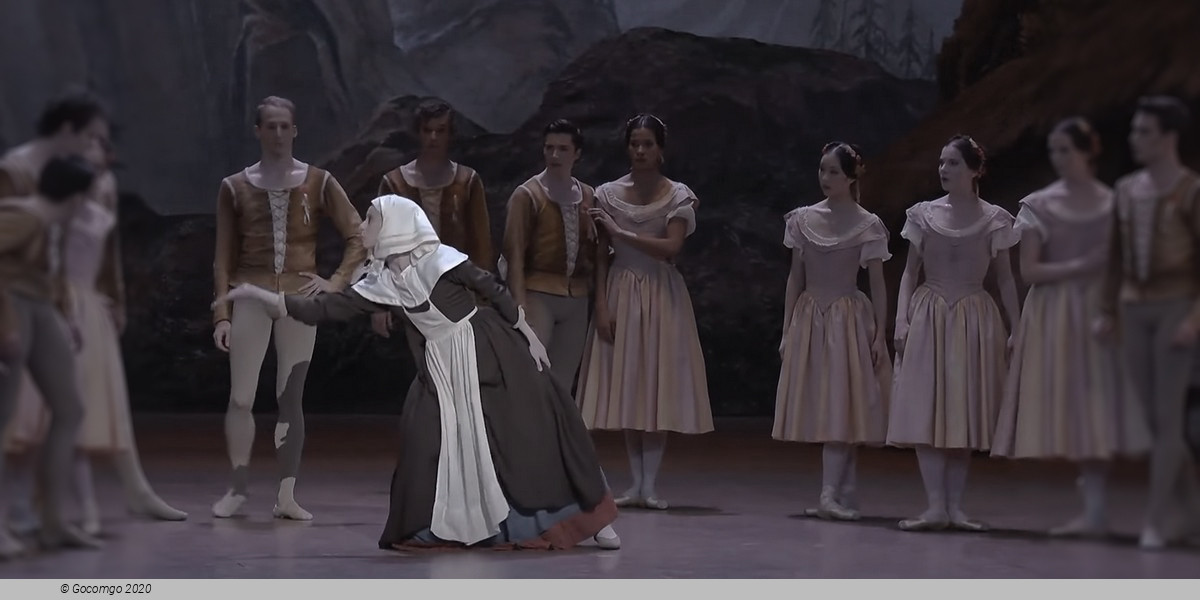
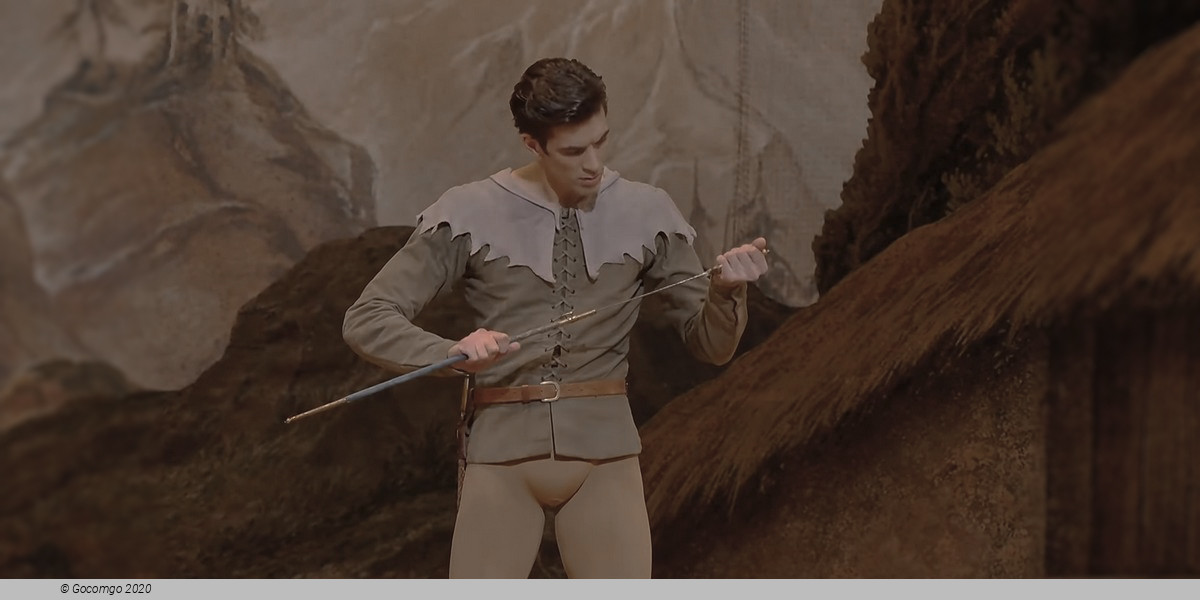
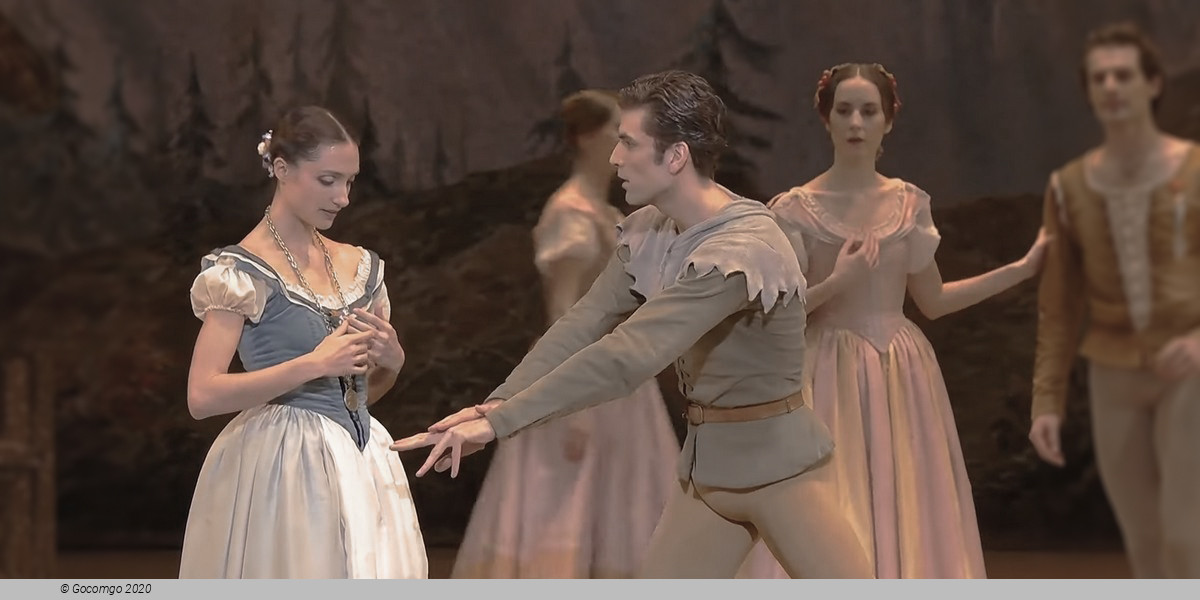
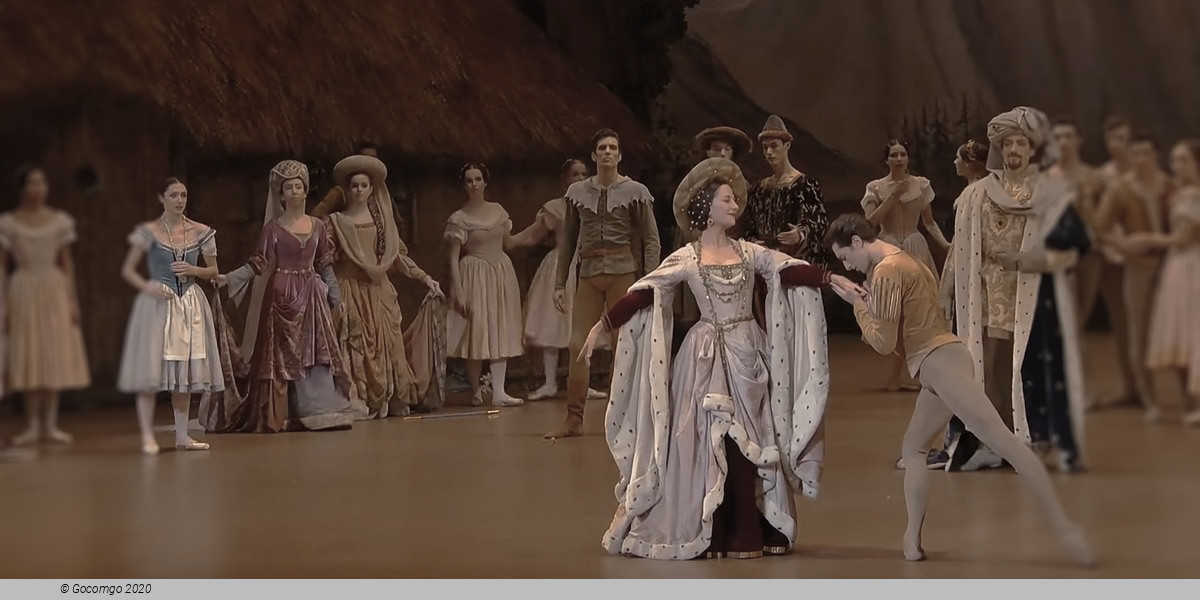
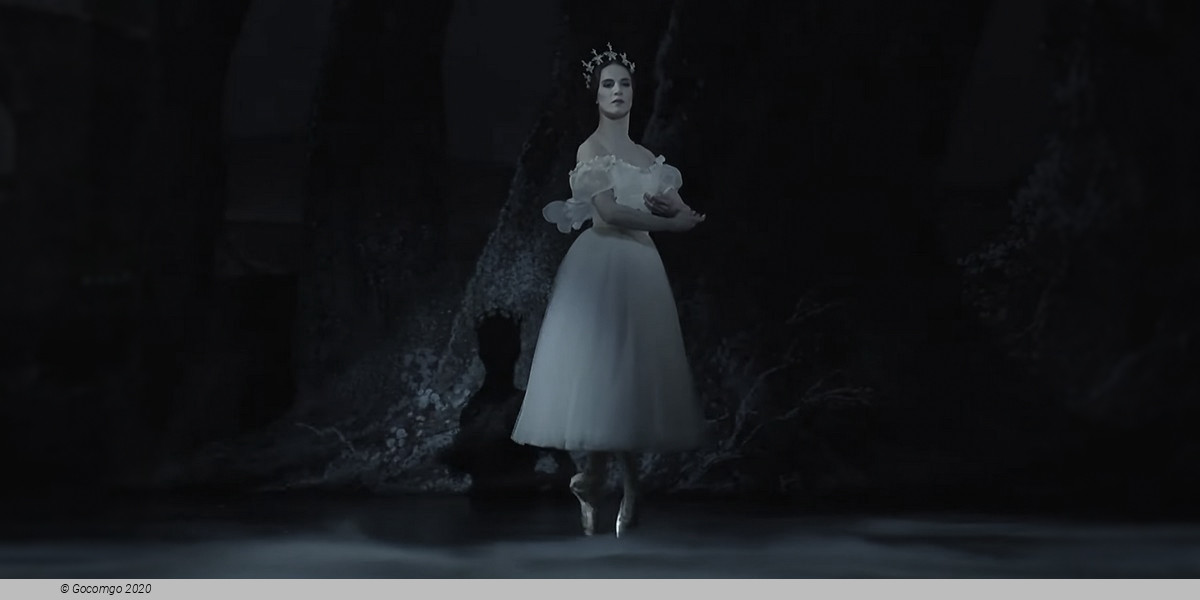
 A. Vienuolio st. 1
A. Vienuolio st. 1